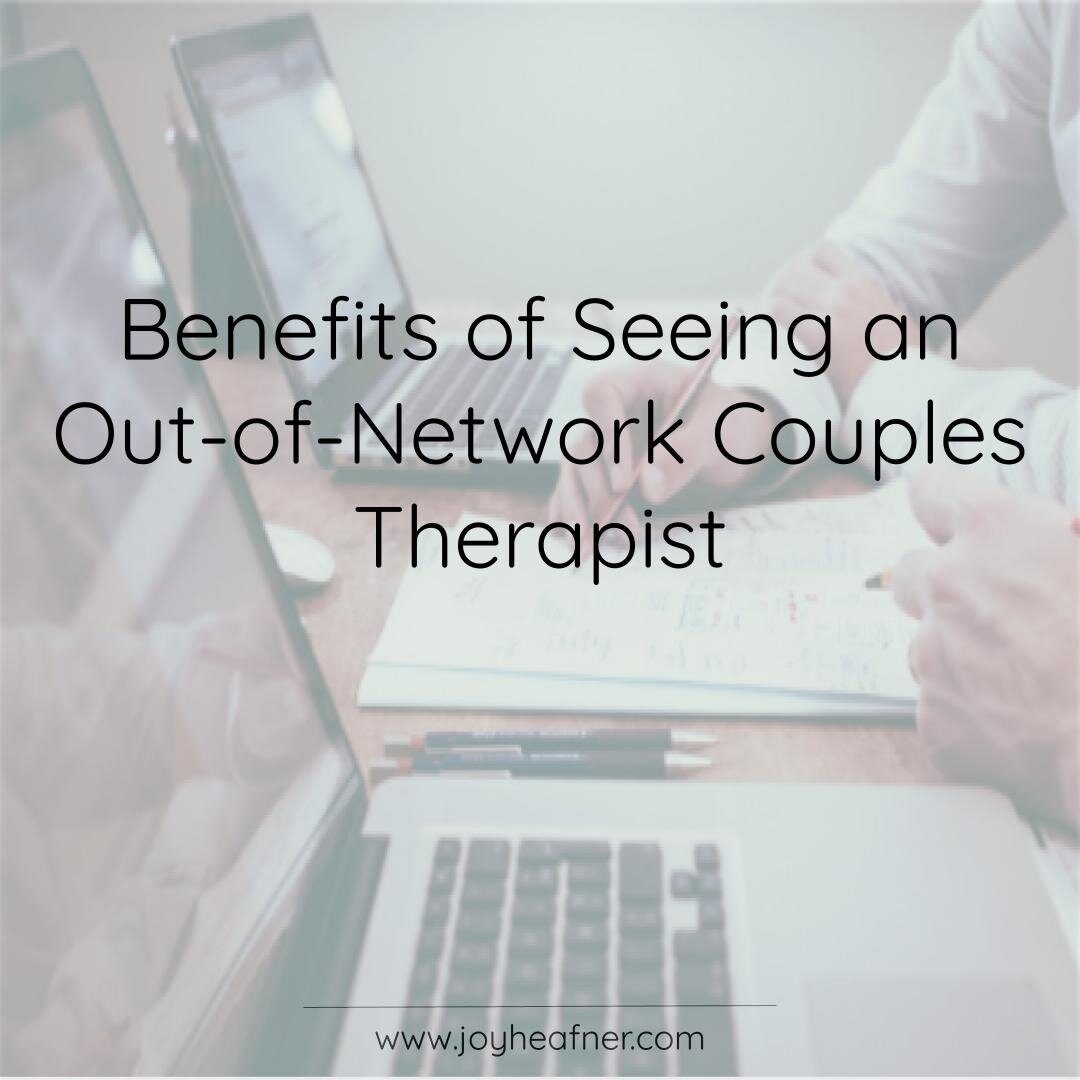What Does Aim Point Counseling Mean?
Table of ContentsSee This Report on Aim Point CounselingAll About Aim Point CounselingAim Point Counseling - TruthsAim Point Counseling for DummiesThe Only Guide for Aim Point CounselingAbout Aim Point Counseling
The longitudinal design includes a pre-treatment study and two follow-up surveys at 3- and 12-months post-intervention. The research is embeded in 8 Relationships Australia Victoria centres, throughout city, outer suburban areas, and regional/rural websites. Relationships Australia, a non-government organisation, is the biggest copyright of pair therapy and partnership solutions in Australia.
These high rates of partnership failure have been constantly linked with adverse health consequences for both grownups and children following divorce/separation.
The Single Strategy To Use For Aim Point Counseling
Longitudinal studies also suggest that kids of separation have a higher occurrence of emotional conditions, alcohol and drug usage, and risky sexual practices [7] Although the impacts of separation and separation can be detrimental, study shows that high connection discord in intact couples is also most likely to have negative outcomes.
Study to date has identified both pair and individual elements that might add to relationship discord. These include partnership complete satisfaction and commitment at the pair degree, and depression at the private level.
Some Known Incorrect Statements About Aim Point Counseling
While many research studies indicate enhancements in relationship satisfaction following couple counselling, they are restricted by the examples and actions used, largely short-term follow-up time structures, and analyses that do not account for the dyadic nature of couple data., is another typically explored connection outcome.
To summarise, research suggests that couple-specific variables as well as specific factors might predict the outcomes of couple counselling and relationship solutions. The causal instructions of these relationships, nonetheless, is much less clear. These observations are very important, given that, to validate and lead the application of relationship solutions such as pair counselling, empirical proof needs to discover both the end results of relationship services and the elements that forecast successful therapy.
, at the very least in some European nations.

We presently recognize little about the profiles of pairs that seek relationship education compared with those that seek partnership therapy, or the outcomes of these programs. Unscientific proof suggests that there might be significant distress amongst at the very least some pairs seeking partnership education and learning. Connection education and learning programs vary from pair coaching as they are usually very structured, performed in groups, and concentrate on a mix of four parts; awareness, feedback, cognitive modification, and abilities training [45]
Some Known Facts About Aim Point Counseling.
Feedback entails participants completing questionnaires concerning their connection (e.g. measures of social troubles), and obtaining info on what their ratings show. Cognitive-behavioural strategies advertise altering cognitions to promote favorable relationships.
These results have persisted for approximately 4 years in some studies [47] These meta-analyses highlight restrictions in the existing literature on connection education and learning. Particularly, most of research studies involved couples from upper socio-economic histories who were not experiencing high partnership disharmony [47,48] This sample account may not represent clients who typically present for partnership education.
Some Known Details About Aim Point Counseling

Very little study has examined click now the relative advantages of couple counselling and partnership education programs. As customers are most likely to self-select right into these solution types, it is unclear whether particular relationship distress accounts existing to every service kind, or without a doubt whether there is a communication between offering account, service kind and result.
(https://www.edocr.com/v/32y8n00r/a1mpoint/aim-point-counseling)
Hence, we have actually consisted of a 12-month follow-up to gauge longer-term trends and impacts. The research utilizes a number of standard result steps considering that some previous investigations have been criticised for their lack of standard evaluation [50] Finally, making use of analytical analyses that presume independence of information, such as t-tests, or ANOVAs, has prevailed in previous studies [ 44,49]
We propose to make use of multi-level analytical modelling procedures that regulate for the inter-dependence of pair information to analyze any kind of treatment results. The specific aims of the ECC research study are to: 1. Map profiles of customers seeking community agency-based pair counselling vs. partnership enhancement programs in regards to socio-demographic and relationship indications (such as connection satisfaction, connection dedication, social issues, and reasons for participating in), as well as health and wellness (such as anxiety, general well-being) and health solution usage (eg.
2. Identify whether couple coaching and relationship education services enhance three- and twelve-month outcomes for connection contentment, dedication, and clinical depression, making use of statistical analyses proper to couple data. 3. Identify the loved one contributions of client factors (private and pair) and therapy/education aspects to outcomes at 3- and 12-months, and to sustainability of results with time.
See This Report about Aim Point Counseling
Multi-level modelling to determine pre-post differences, managing for dyadic (couple) level. To add to the literary works evaluating the effectiveness of community-based couple coaching. The outcomes will aid clinical decision-making in community-based partnership service setups, and specialist training. 3. To determine the relative payments of client/couple and treatment variables to end results at 3- and 12-months, and to sustainability of outcomes in time.